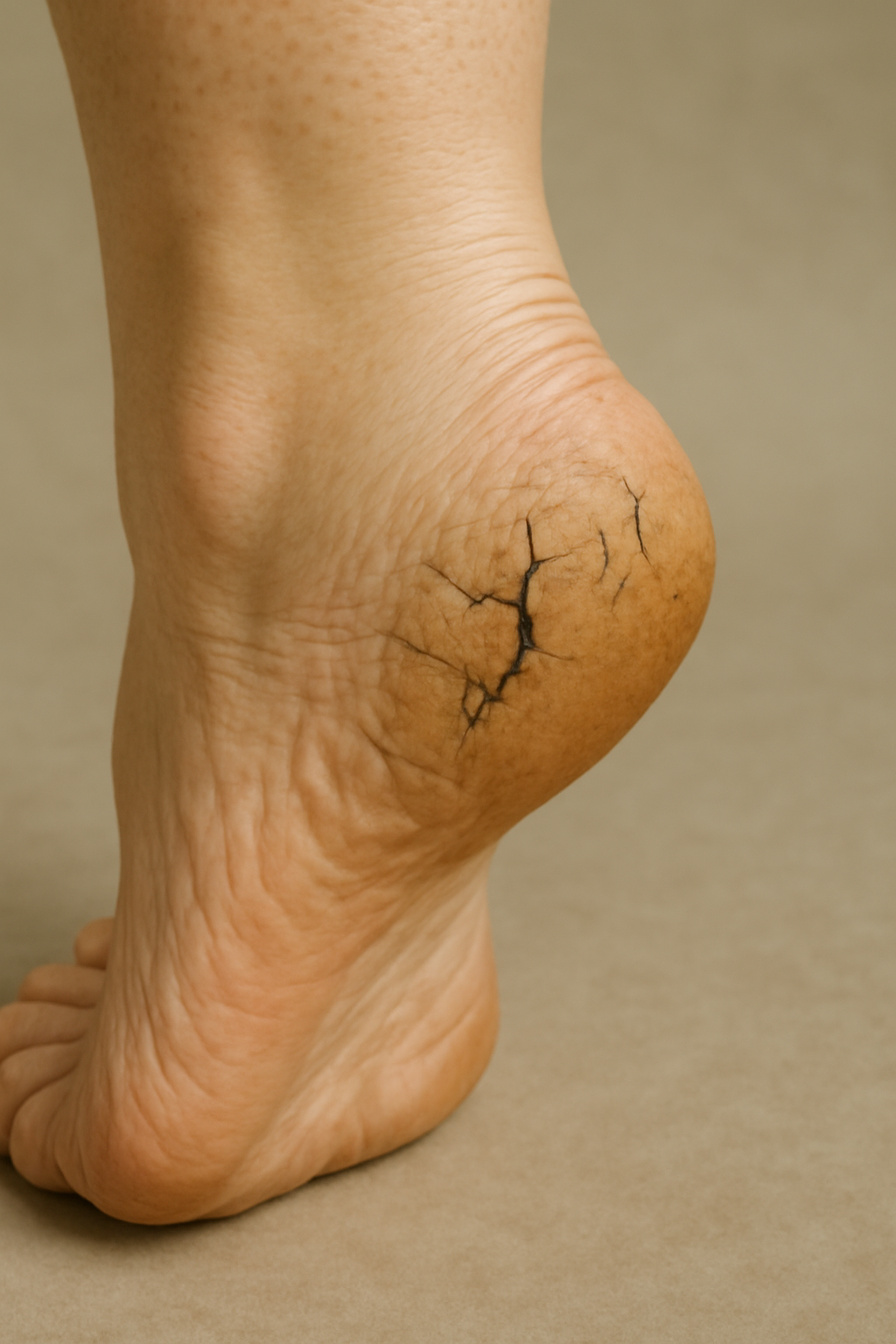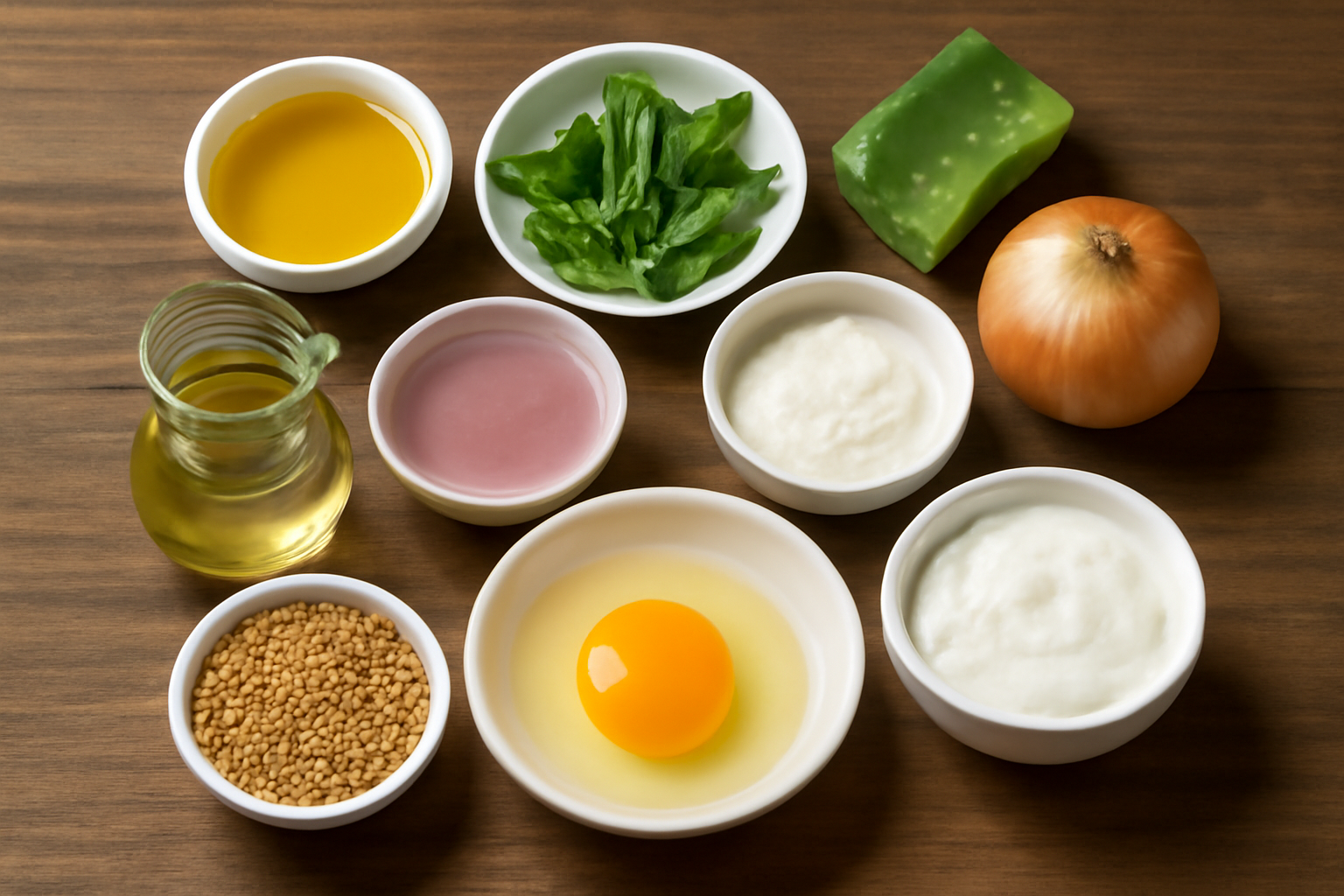Cracked heels are a common issue that many people experience, especially during the colder months or when they have dry skin. Cracked heels can be both unsightly and painful, leading to discomfort while walking or standing for long periods. However, with proper care and attention, it is possible to heal cracked heels at home using natural remedies and lifestyle adjustments. In this guide, we will walk you through everything you need to know about cracked heels and how to heal them effectively without needing to visit a dermatologist or podiatrist.
1. Understanding Cracked Heels
Cracked heels, also known as fissures, occur when the skin around the heel becomes dry, thickened, and rough. If the skin continues to dry out and the cracks deepen, they can become painful, potentially leading to infection if not treated. Cracked heels are usually caused by a combination of factors, including:
- Dry Skin: One of the most common causes of cracked heels is dry skin. When the skin around the heel becomes dry and lacks moisture, it is more prone to cracking.
- Prolonged Standing or Walking: Standing or walking for long periods can put pressure on your heels, causing the skin to stretch and crack.
- Hot Weather: Hot weather can lead to dry skin on the feet, which can cause the heels to crack.
- Improper Footwear: Wearing shoes that do not provide enough support, like flip-flops or sandals, can contribute to cracked heels. These shoes may not protect your feet adequately from dirt and dehydration.
- Overweight or Obesity: Carrying excess weight puts added pressure on your feet, especially the heels, leading to cracked heels.
- Health Conditions: Certain conditions, such as diabetes, hypothyroidism, and eczema, can increase the risk of cracked heels due to dry skin or impaired circulation.
2. Preventing Cracked Heels
While treating cracked heels is essential, preventing them from occurring in the first place is even better. Prevention is key to maintaining smooth and healthy feet.
Tips to Prevent Cracked Heels:
- Moisturize Regularly: Use a thick moisturizer on your feet every day, especially after showering, to keep your skin hydrated and supple.
- Avoid Walking Barefoot: Walking barefoot on hard, rough surfaces can dry out the skin on your heels. Wear comfortable shoes with cushioning and support.
- Wear Proper Footwear: Choose shoes that fit well and provide proper support to your feet. Avoid wearing flip-flops or sandals that don’t cover or support your heels.
- Maintain a Healthy Weight: Maintaining a healthy weight reduces the pressure on your feet and heels, preventing them from cracking.
3. Natural Remedies to Heal Cracked Heels at Home
The good news is that cracked heels can be healed naturally with simple ingredients you likely already have at home. Below are some tried-and-tested remedies to help heal your cracked heels.
1. Soak Your Feet in Warm Water
Soaking your feet in warm water is an essential first step in treating cracked heels. The warm water softens the skin, making it easier to remove dead skin cells and calluses.
How to Soak Your Feet:
- Fill a basin or tub with warm water.
- Add a few tablespoons of Epsom salt, baking soda, or essential oils (like lavender or tea tree oil) for added healing and relaxation.
- Soak your feet for 15-20 minutes.
- Gently scrub your feet with a pumice stone or foot scrubber to remove dead skin.
- Pat your feet dry with a clean towel.
2. Use a Pumice Stone
A pumice stone is a natural volcanic rock that helps exfoliate dry, dead skin on the feet. It’s a great tool for removing thickened skin around cracked heels.
How to Use a Pumice Stone:
- After soaking your feet, take a pumice stone and gently rub it on the rough skin around your heels.
- Be gentle when using the pumice stone to avoid causing irritation or further damage to the skin.
- Use it in circular motions to remove dead skin, focusing on the edges of the cracks.
- Don’t over-exfoliate, as this can make your heels more susceptible to infection.
3. Moisturize with Natural Oils
Natural oils can help deeply moisturize the skin and promote healing. They are rich in essential fatty acids, vitamins, and antioxidants that nourish and hydrate dry skin.
Recommended Oils for Cracked Heels:
- Coconut Oil: Coconut oil is rich in fatty acids and has antibacterial properties. It can deeply moisturize the skin and help prevent infections in cracked heels.
- Olive Oil: Olive oil contains antioxidants and vitamin E, which can help heal cracked heels and prevent further damage.
- Vitamin E Oil: Vitamin E is a powerful antioxidant that can promote skin healing and reduce the appearance of cracks.
How to Use:
- Apply a generous amount of your chosen oil to your cracked heels.
- Gently massage the oil into the skin using circular motions.
- Cover your feet with socks and leave the oil on overnight for deep hydration.
4. Honey for Healing
Honey is a natural humectant, which means it helps attract moisture to the skin. It also has antibacterial properties that can help prevent infection in cracked heels.
How to Use Honey:
- Apply raw honey to the affected areas of your heels.
- Let it sit for 15-20 minutes before rinsing off with warm water.
- You can also make a honey foot mask by mixing honey with olive oil and applying it to your heels overnight.
5. Aloe Vera for Soothing Relief
Aloe vera is known for its soothing and anti-inflammatory properties, making it an excellent natural remedy for cracked heels. It helps to heal the skin and provide relief from irritation.
How to Use Aloe Vera:
- Apply fresh aloe vera gel directly from the plant to your cracked heels.
- Leave it on for 20-30 minutes before washing it off with warm water.
- You can also use store-bought aloe vera gel, but ensure it’s pure and free from artificial additives.
6. Vaseline or Petroleum Jelly
Vaseline or petroleum jelly creates a thick barrier on the skin, which helps to lock in moisture and prevent further dryness.
How to Use Petroleum Jelly:
- Apply a thick layer of petroleum jelly to your cracked heels before bedtime.
- Cover your feet with socks to prevent the jelly from rubbing off while you sleep.
- In the morning, rinse off any excess jelly, and your heels will feel softer and smoother.
7. Banana for Hydration
Bananas are rich in vitamins A, B, and E, which can help nourish the skin and promote healing. They are also naturally hydrating, making them an effective remedy for cracked heels.
How to Use Banana:
- Mash a ripe banana until it becomes a smooth paste.
- Apply the paste to your cracked heels and leave it on for 15-20 minutes.
- Rinse it off with warm water, and your heels will feel hydrated and smooth.
8. Lemon and Baking Soda Scrub
Lemon has natural exfoliating properties, and when combined with baking soda, it helps to remove dead skin cells and soften the skin.
How to Make a Lemon and Baking Soda Scrub:
- Mix 1 tablespoon of baking soda with the juice of half a lemon.
- Apply the mixture to your cracked heels and gently scrub the area with a pumice stone or your fingers.
- Let it sit for 10-15 minutes before rinsing off with warm water.
9. Apple Cider Vinegar Soak
Apple cider vinegar (ACV) is known for its natural ability to exfoliate and disinfect the skin. It can help soften the skin and promote healing of cracked heels.
How to Use ACV for Cracked Heels:
- Mix 1/2 cup of apple cider vinegar with a basin of warm water.
- Soak your feet for 15-20 minutes, allowing the ACV to exfoliate the dead skin.
- After soaking, gently scrub your heels with a pumice stone and rinse your feet with warm water.
10. Keep Feet Clean and Dry
One of the most important steps in healing cracked heels is maintaining good hygiene. Dirty and moist conditions can promote fungal or bacterial infections, which can worsen the condition of your heels.
Tips for Hygiene:
- Wash your feet daily with soap and water.
- Dry your feet thoroughly, especially between your toes, to prevent any moisture buildup.
- Use a foot powder to keep your feet dry if necessary.
4. When to Seek Professional Help
While most cases of cracked heels can be treated at home with natural remedies, there are times when professional help is necessary:
- Severe Pain: If the cracks are deep, painful, or bleeding, it’s essential to consult a healthcare professional to prevent infections or complications.
- Infection: If you notice signs of infection, such as redness, swelling, or discharge from the cracks, see a doctor immediately.
- Underlying Health Conditions: If you have a health condition like diabetes, which can affect circulation, it’s best to seek medical advice to ensure proper foot care.
Cracked heels are a common yet treatable condition that can be effectively healed at home using natural remedies. By following the tips outlined in this guide, including moisturizing regularly, using natural oils, exfoliating with pumice stones, and implementing lifestyle changes, you can restore the health and appearance of your heels. Prevention is also key, so remember to maintain proper foot hygiene, wear supportive footwear, and keep your feet hydrated. If the cracks persist or become infected, it’s important to seek medical attention to prevent further complications. With consistent care, you can achieve soft, smooth, and crack-free heels in no time!




